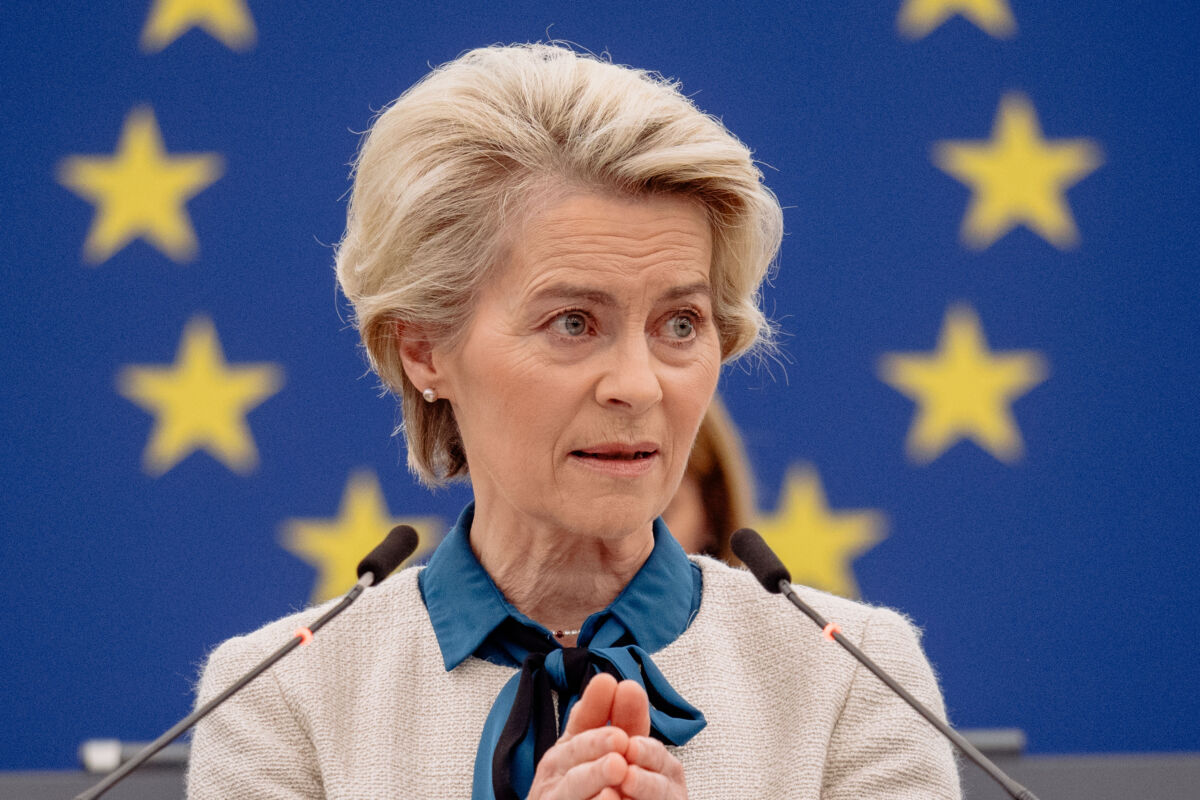The European Green Deal is committed to ‘leaving no one behind’. However, as shown in a study for the European Parliament, co-authored by CEPS, the Fit for 55 package, a series of legislative measures to align EU legislation with the Green Deal, has paid scant attention to its intersectional and gendered repercussions. It seemingly delegates their management to Member States’ social policies.
This gender-agnostic and often technology-focused policy approach risks worsening existing gender imbalances, potentially solidifying a status quo where women’s agency remains entwined with persisting social and economic inequalities. This concern is particularly pronounced in traditionally male-dominated sectors like energy, construction, or manufacturing – sectors poised to see the highest employment gains in the green transition.
Consequently, it’s absolutely essential for EU policymakers to pay far more attention to gender issues when designing and implementing policies to enact the Green Deal’s ambitious objectives. And they need to begin acting on this now and not later.
Gender-equal access is still not guaranteed, even in clean tech
The growth of renewable energy has witnessed the increased participation of women in the historically male-dominated energy sector, according to the International Renewable Energy Agency.
However, despite renewable energy being among the higher-paying sectors, even here, women still often occupy lower paid, non-technical positions, or opt for part-time employment, often (but not only) due to caring responsibilities. Women’s diminished presence is also apparent in the offshore renewable energy industry and in fields like carbon capture, utilisation and storage (CCUS).
Recent research reveals shockingly low levels of female participation in science, technology, engineering, and mathematics (STEM). Issues related to labour conditions, unsupportive family and peer dynamics, workplace security concerns, and persistent masculine stereotypes entrenched within industry all contribute to a continuing trend of women leaving STEM professions shortly after graduating or quitting on-site and fieldwork positions.
Women’s career choices should be based on informed decisions, liberated from gendered societal norms, educational biases, and persisting economic structures. Early childhood intervention, enhanced educational access to STEM, and improved career guidance and skills development are crucial for ensuring more equitable access to and distribution of jobs in sectors pivotal to the green transition.
Moreover, it’s critical to emphasise not only entry-level opportunities but also to facilitate seamless transitions between roles that are tailored to support women. This approach not only advances gender equality but also unlocks women’s entrepreneurship potential, tapping into much-needed human capital to streamline the transition.
An inclusive transition requires broadening discussions on green jobs beyond engineering professions, thus steering clear of an overemphasis on the ‘tech’ side. This has the potential to disproportionately impact women employed in other sectors, such as the healthcare sector, as well as those working in the informal economy. To effectively address gendered inequalities, it’s crucial to recognise the significance of work that improves society’s capacity to achieve ecological and social sustainability and justice.
ETS II as a clear example of gender-agnostic policy design
The Fit for 55 policies will impact citizens directly. Notably, the EU ETS II that introduces from 2027 a carbon price for road transport and buildings will be initially capped at EUR 45 per tonne and uncapped from 2030. It’s then projected to surge to EUR 200 per tonne, prompting concerns about its gendered repercussions.
To tackle potential inequality, the Social Climate Fund aims to compensate vulnerable consumers, such as vulnerable households, micro-enterprises and transport users, with Social Climate Plans prepared by Member States. While these Plans should address gender inequality (especially as women are especially susceptible to energy and transport poverty), comprehensive policies are still needed to handle the potential gender disparities arising from ETS II.
The effectiveness of Social Climate Plans depends on individual Member States. This does not bode well as National Energy and Climate Plans have shown an uneven commitment to gendered green transition policies. Gendered policies, like legally binding gendered budgeting in Austria, are an exception and not a rule – this fuels concerns about Member States’ limited awareness, capacity or willingness to address gendered gaps in green transition policies.
The Regulation establishing the Social Climate Fund recognises the impacts on specific vulnerable groups, including single women and single mothers, women with disabilities and elderly women living alone. But while it may seem promising at first glance that such intersectional impacts are considered, this is not enough. We need more than just window dressing and lip service because ETS II will impact all women.
This would include addressing the persistent gender pay gap, often precarious employment conditions, and the burden of reproductive labour. The anticipated costs for low-carbon building renovations, for example, may amplify already disproportionate burdens on women. Differing temperature needs between women and men (women typically prefer higher indoor temperatures than men), combined with internal household dynamics, can lead to gendered effects on energy bills.
The ETS II carbon price may also impact transport usage, especially for women heavily reliant on private transport for daily errands, childcare and other care responsibilities, or those residing in remote areas, typically regions that lack safe and easily accessible public transport.
It’s time to act now
Unfortunately, time is of the essence. The EU’s green agenda will soon face a harsh reality check as its initial honeymoon period comes to an end, aided in large part by the energy crisis, escalating inflation, and geopolitical upheaval. The green transition, undoubtedly beneficial and necessary, comes with inevitable and increasing short-term costs, costs that we will all have to bear. It’s also highly likely these costs will disproportionately affect women.
Thus, we need a serious debate about the challenges associated with gender, ensuring that the green transition actively works to dismantle existing gendered inequalities instead of solidifying them further. That’s why it’s crucial for policymakers and stakeholders to openly deliberate on the possible disproportionate impacts that the current gender-agnostic green transition may impose on women… and then for them to take firm action to remedy these impacts.
The commentary benefitted from the discussions at the Gender and Energy Research Symposium: Where are we now? Where do we want go? How do we get there? on 7-8 December 2023, at the University of Twente preceding the Farewell lecture of Prof Joy Clancy on Friday 8 December 2023. The authors thank all participants for inspirational discussions and ideas. All mistakes and opinions remain solely those of the authors.
To mark International Women’s Day on Friday 8 March, we’re pleased to include this previously published CEPS Expert Commentary in this year’s series of special commentaries that highlight the insights and expertise of some of our most talented female researchers.





































